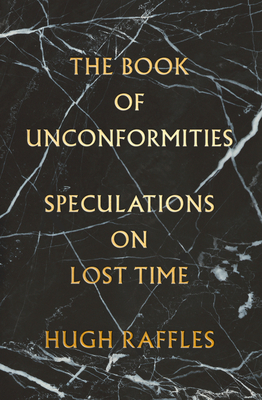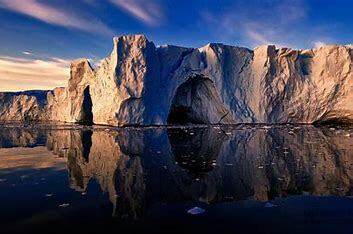What do you think?
Rate this book


400 pages, Hardcover
First published August 25, 2020

In December 1994, my youngest sister, Franki, died unexpectedly in Edinburgh, hemorrhaging during childbirth while giving birth to twins. Three months later, my eldest sister, Sally, killed herself near London, stuffing the exhaust pipe of her car. Soon after, I started reaching for rocks, stones, and other seemingly solid objects as anchors in a world unmoored, ways to make sense of these events through stories far larger than my own, stories that started in the most fundamental and speculative histories – geological, archaeological, histories before history – and opened unmistakably into absences that echo in the world today, absences not only mineral but human and animal, and occasionally vegetable, too.
Geologists call a discontinuity on a deposition of sediment an unconformity. It's a physical representation of a gap in the geological record, a material sign of a break in time, readily readable once you know where and how to look.
The problem, as so often, is time: written, then oral histories evaporate; myths and legends rear up, then fade from view. Only material remains, summoning archaeopoetics from archaeologists, just as it summons geopoetics from geologists, and poetic poetics from poets, all gathering up the millennia to apprehend life from these and other stones.